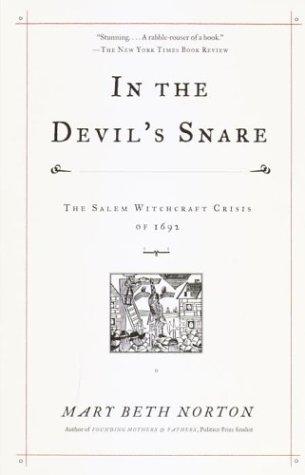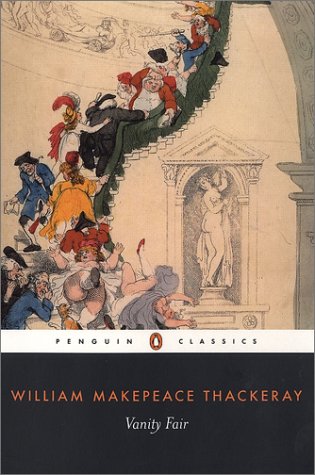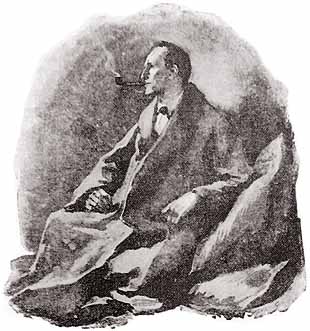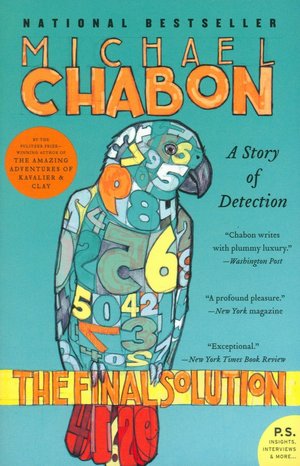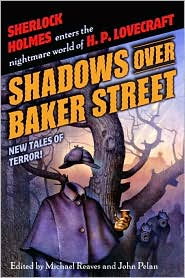
pi-rate \pī-rǝt\ n,
1 : one who commits robbery on the high seas;
2 : a bawdy, rowdy, frightening, fascinating bastard who we’ve been reading about for centuries and just can’t get enough of.
Pirates have been a best-selling literary topic since they first started sailing the waters and burying their treasure. In reality pirates were vicious criminals and murderers, but readers love to romanticize them, and why not? It’s about the most exciting life there is—sailing the seven seas on a never-ending quest for pieces of eight, doubloons, and adventure galore. Whether its reality, romance, action, or comedy you’re looking for, you can be sure to find it in the pirate way of life.
A General History of the Robberies and Murders of the Most Notorious Pirates by Captain Charles Johnson, 2002, Lyons Press, originally published 1724 (Nonfiction/ History/ 16th Century)
This is the original history about pirates, written during the “Golden Age of Pyracy” when pirates were still alive and well and very much a real threat. No one really knows who Captain Charles Johnson was (Daniel DeFoe, author of Robinson Crusoe, was once considered a likely suspect), but whoever he was, he sure knew his stuff. Taking most of his information from newspaper accounts and from pirate trial transcripts, Johnson also interviewed seamen and sailors for vivid, true-to-life descriptions. Johnson’s accounts of the lives of men like Blackbeard and Captain Kidd gave them almost mythical status and they soon became the most legendary of pirates, inspiring almost everything we know and love best about the traditional, classic pirate. From peg legs to parrots on the shoulder to black eye patches, A General History of the Robberies and Murders of the Most Notorious Pirates had it first.
Booty: Girl Pirates on the High Seas by Sara Lorimer, illustrations by Susan Synarski, 2003, Chronicle Books (Nonfiction/ Women's History)
Pirates, we all know, are loud, dirty, bare-chested men armed to the teeth with cutlasses and knives. Not so, says history. There are many examples of women who took to the life of piracy like ducks take to water. These ladies had to keep their shirts on, but otherwise the aforementioned description more than holds up. Booty, with its tongue-in-cheek tone and its charming illustrations, is a unique look at these unusual pirates. How did Mary Read and Anne Bonny stay disguised as pirate men for so long? How did beautiful Cheng I Sao manage to keep an entire fleet of two thousand ships and eighty thousand pirates under her thumb? Did Sadie the Goat really get in a brawl with a barkeep who kept the severed ears of her victims in a pickle jar? Booty proves that the challenges of a life of crime at sea were fraught with a whole new set of dangers if you would otherwise be wearing a petticoat and bonnet. The lively, colorful images and vivid descriptions spruce up the tales of pillage, plunder, and derring-do to make this mini-history as delightful as its subjects are despicable.
Frenchman’s Creek by Daphne Du Maurier, 2009, Sourcebooks, originally published 1942 (Fiction/ Historical Fiction/ Romance)
Daphne Du Maurier, best known for the suspenseful romance classic Rebecca, also had a thing for pirates. This historical romance matches a lovely genteel lady from the fashionable world with a dashing pirate who terrorizes the Cornish coat. Lady Dona St. Columb is bored and jaded by the numbingly polite society of Restoration London. She flees her life of luxury and ease and rides to her husband’s remote Cornish estate, where a chance encounter with the pirate Jean-Benoit Aubéry changes her life. Aubéry may be a pirate, but he’s also an educated, cultured, thoughtful man of action. The mix of philosopher and pirate is too much for Dona to resist; she falls head over heels in love with Aubéry and runs away with him. Dona may be done with high society, but high society won’t let her go that easily. Pursued by her husband and other “gentlemen,” Dona and Aubéry have to face some intense obstacles that stand in the way of their romantic, adventurous life together. This may seem like a swashbuckling bodice-ripper, and it’s certainly an ancestor of those types of romances, but there’s more to Frenchman’s Creek than just love and adventure. The writing style is literary even when the characters are romanticized, and the real journey here is Dona’s path to self-discovery. Still, dating a pirate is the ultimate way to rebel, and Frenchman’s Creek will satisfy readers who love the romantic appeal of pirate life best.
The Pirates! In an Adventure with Scientists by Gideon Defoe, 2004, Pantheon Books (Fiction/ Humor/ Satire)

Ah, pirate comedy. In Gideon Defoe’s novel, his pirate crew debates the best part of pirating (grog or cutlasses), delights in anachronisms like Post-It notes and dental floss, and accidentally attacks Charles Darwin’s ship, the Beagle. The Pirate Captain (yes, that’s his name) decides to spare Darwin’s life in exchange for a boat ride back to London. Darwin put the pirates up at the swank Royal Society and passes them off as scientists. Soon the pirates are the toast of the town and are up to their eye patches in schemes and plots involving the big mean Bishop of Oxford, Drawin’s kidnapped brother Erasmus, and a trained chimp named Bobo who is best known for acting the part of the perfect British gentleman. Silly, droll, Monty Python-esque, delightfully absurd and unabashedly juvenile, The Pirates! In an Adventure with Scientists is the most fun you’ll ever have with a pirate crew. Until, that is, you read The Pirates! In an Adventure with Ahab (2005), The Pirates! In an Adventure with Communists (2006), and The Pirates! In an Adventure with Napoleon (2009).
Vampirates: Demons of the Ocean by Justin Somper, 2005, Little, Brown, and Co. (Fiction/ Teen Fiction/ Adventure/ Fantasy)

What’s meaner than a pirate? A vampirate, of course. Set in the twenty-sixth century off the coast of Australia’s Crescent Moon Bay, this is the story of fourteen-year-old twins Connor and Grace Tempest. When their lighthouse keeper father dies, leaving them penniless and alone, the twins take to sea. But before they can begin a new life, a ferocious storm sinks their boat and separates them—perhaps forever. Connor is plucked from the sea by a pirate ship and the athletic youngster makes fast friends with the welcoming crew, taking to the pirate life like a natural. But Grace wakes up on a very different rescue ship. Her savior, handsome Lorcan Furey, keeps her locked in a luxurious cabin. The meals are unbelievably delicious—and sleep-inducing. And the captain is the biggest puzzle of all, with his disembodied whisper and masked face. Readers won’t be surprised to learn that Grace has been taken on board the ship of the Vampirates, a spooky group of vampires-turned-pirates that the twins’ father used to sing a lullaby-style sea shanty about. The narrative alternates between Connor and Grace, giving readers a vivid description of life on a pirate ship while building up the mystery of the Vampirates. The union of vampire and pirate is a clever one, and Vampirates: Demons of the Ocean is a fast, breezy, fun read, complete with a cliff-hanger ending that paves the way for a new thrilling series of Vampirate books.
Treasure Island by Robert Louis Stevenson, 2008, Puffin Classics, originally published 1883 (Fiction Classics/ Adventure)
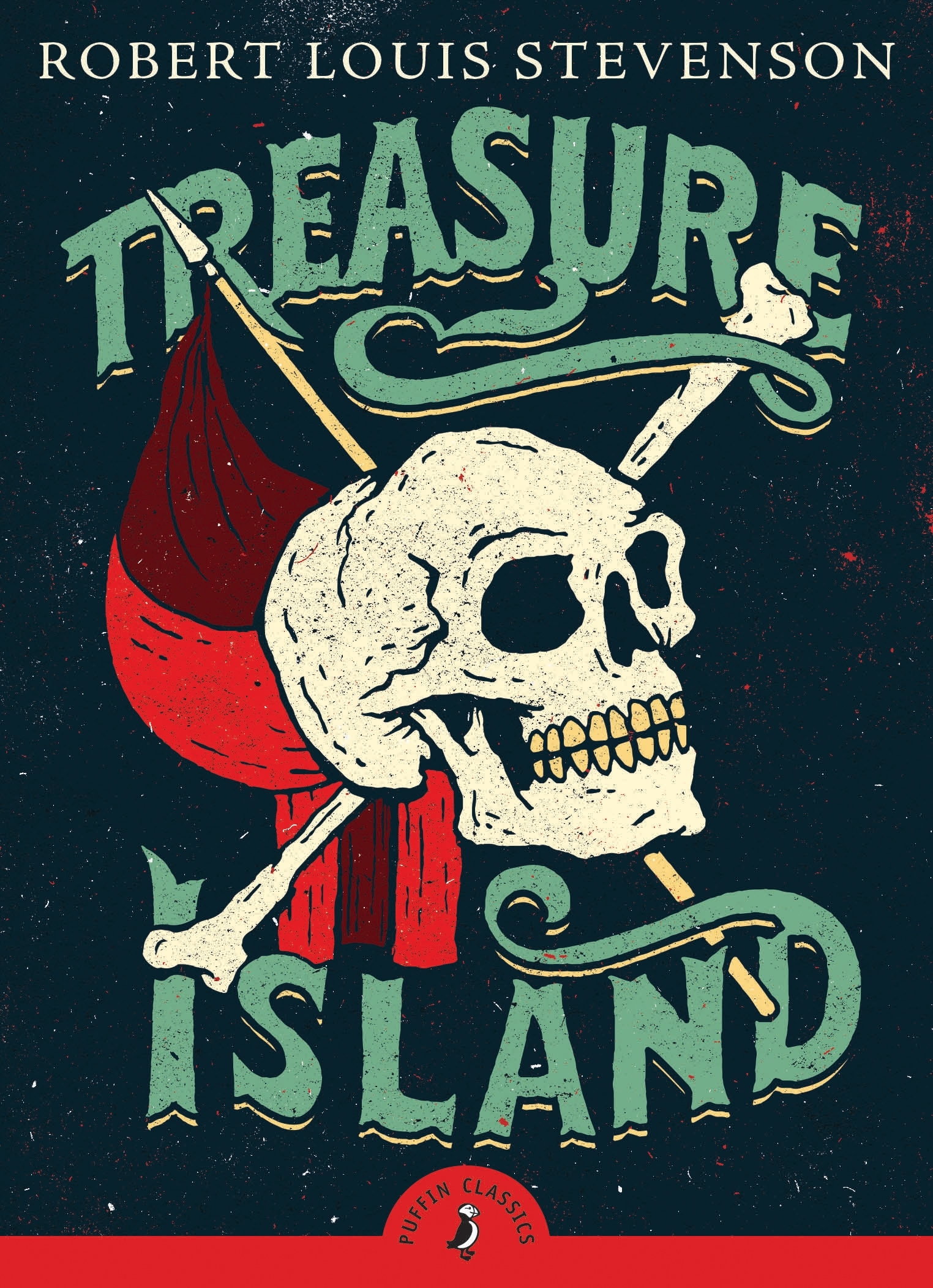
Robert Louis Stevenson had a way with names—Jim Hawkins, Squire Trelawney, Ben Gunn, Israel Hands, and best of all, Captain Long John Silver. Throw in the good ship Hispaniola, the seaside Admiral Benbow Inn, and of course, the good old Treasure Island, and you’ve got the top pirate tale of all time. Stevenson capitalized on all the pirate legends—peg legs, the jolly roger, the parrot squawking “Pieces of eight!”—to create the story of adventurous young Jim Hawkins, a clever, kind, courageous young lad who finds a treasure map in a dead man’s sea chest at his mother’s inn. But standing in the way of Jim and his buried treasure is the deceptively charming Long John Silver, a pirate captain disguised as the ship’s merry cook. And more than treasure and treachery await the crew of the Hispaniola on the mysterious island—there’s action, adventure, twists, and turns that still delight readers over one hundred years later. Not only is Treasure Island the go-to, end-all source for all things pirate, it’s also one of the most readable classics of the Victorian age and an old-fashioned ripping good yarn.
Silver: My Own Tale as Written by Me with a Goodly Amount of Murder by Edward Chupack, 2008, Thomas Dunne Books (Fiction/ Adventure)

Treasure Island has proved so enduring that there is an entire sub-genre of sequels and spin-offs. Silver: My Own Tale as Written by Me with a Goodly Amount of Murder is the jolly good story of Captain Long John Silver, that roughish devil who comes this close to getting his hands on buried treasure only to be thwarted by a clever kid. Imprisoned on his own ship as it sails back to England, Silver pens his own version of events in a rollicking slangy voice that is entirely his own. He recounts his childhood as a street urchin, his “education” under the tutelage of the homeless blind man who takes him under his wing, and his boyhood meeting with pirate Black John who introduces young John to the joys and savages of pirate life. And then he plunges dagger and hilt into his story among the ruthless buccaneers, complete with bloody murders, treasure galore, peg-legs, and parrots--and a lively, noisy, unapologetic rabble of a story it is too. Fans of the original will relish this villainous point of view from author (and attorney-at-law, of all things) Edward Chupack. Readers and writers simply cannot get enough of Treasure Island, but Silver comes as close as any to satisfying that pirate lust.
Peter Pan by J.M. Barrie, 2003, Henry Holt and Co., originally published 1911 (Fiction Classics, Children’s Fiction/ Adventure/ Fantasy)
You know the story—the children in the nursery, Wendy, Michael, and John; the bell-voiced fairy Tinkerbell, complete with magical fairy dust; Peter himself, the boy who wouldn’t grow up but who flew away to Neverland instead; and of course the nastiest, naughtiest pirate whose hand was ever eaten by a crocodile, the delightfully vile Captain Hook. The story has many a quirky charm that you, in the busy business of your grown-up life, may have forgotten: Nana, the all-knowing doggy-nurse; the way Mrs. Darling tidies up her children’s minds, which is of course the “nightly custom of every good mother”; and author J.M. Barrie’s sweetly skewed world in which fantasy and reality have never met more lovingly—even when Captain Hook is stealing kiddies from their beds or turning tail and fleeing from the big bad crocodile. There are dozens of editions of Peter Pan, which was originally a play in 1904. The one-hundredth anniversary edition illustrated by Michael Hague is a special treat, with lush full-page paintings and a truly inspiring rendition of crooky old Captain Hook.
Under the Black Flag: The Romance and the Reality of Life Among the Pirates by David Cordingly, 2006, Random House, originally published 1995 (Nonfiction/ 17th Century History)

Popular films like The Pirates of the Caribbean make pirates look like a loveable, jolly old bunch. But Under the Black Flag is a modern history that delves deeper into pirate lore, investigating many of the myths and legends that were first set forth in Captain Charles Johnson’s classic history. From the fictional pirates of Peter Pan and Treasure Island to real-life accounts of notorious pirates Sir Henry Morgan and Calico Jack, this book answers every question you ever had about piracy on the high seas. David Cordingly is one of the world’s foremost experts on pirates, so when he describes the cutthroat violence of a real pirate battle, explains exactly why so few pirates enjoyed long lives of luxury, or defines the differences between a corsair and a buccaneer, you can rest assured he knows exactly what he’s talking about. For the real truth about pirates, look no further than Under the Black Flag.








